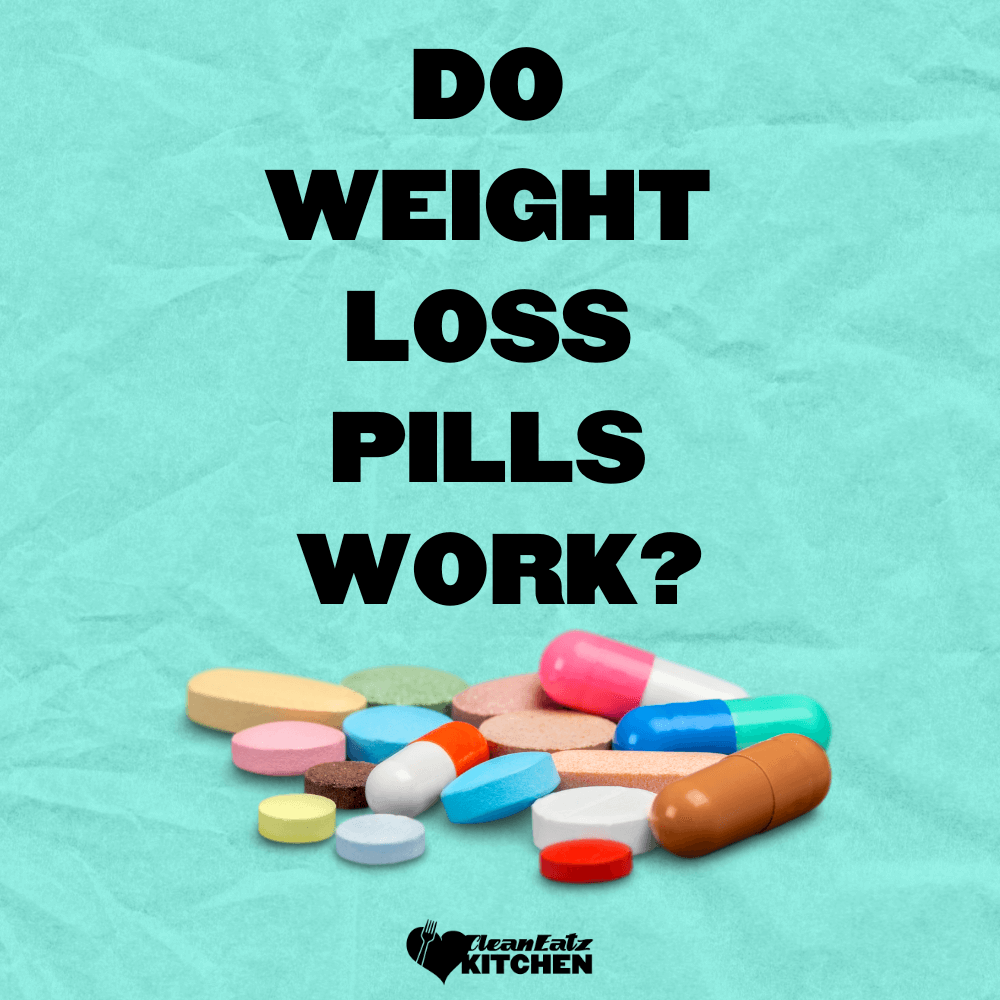
The Importance of Cardio
Jason Nista
Exercises & Fitness
|
Weight Loss
5 minute read
The Importance of Cardio
Hate it or love it, we all have heard about cardio and at some point engaged in some form of cardio training in hopes of improving our cardiovascular health or losing weight. There are a lot of training protocols and general advice out there on the best way to use cardio for your weight loss goals and it can be quite difficult to understand it all and actually apply it to our daily life.
So today we’ll take a look into what exactly cardio training is and what it is and the benefits it has on our bodies, how much of it should you really be doing, and how to start incorporating it into your daily routine.
What cardio training actually is
Cardio training is any type of exercise we engage in that has a direct effect on our heart rate, body temperature, and breathing where we try to maintain a steady moderate level of intensity, for a specified duration, during which the cardiovascular system is allowed to replenish oxygen to working muscles and through time create gradual adaptations in said system and our aerobic fitness.
The end goal is to improve how our heart works and how efficient it becomes in sending blood, oxygen, and nutrients to our muscles and whole body.
Typical activities we practice for cardio training include walking, jogging, cycling, swimming, jump rope, stair climbing, rowing, etc.
Note that the main goal of cardio training is to create a positive adaptation in our cardiovascular system, improving markers like resistance, VO2max, fatigue time, etc. The main goal is not actually weight and fat loss, however, weight management is a positive side effect of the increased amount of calories burned by engaging in regular physical activity.
The importance of cardio training
Some of the positive changes and adaptations you can notice in your body after engaging in regular cardio training for a few weeks are varied and numerous:
-
Increased cardiac output and blood flow to active muscles, leading to increased capillarization in muscle bed
-
Increased oxygen uptake and distribution to the whole body
-
Improved thermoregulation
-
Increased mitochondrial size and density in muscles trained
-
Increased oxidative enzyme concentrations
-
Lower rate of cardiovascular disease, type 2 diabetes, colon cancer, breast cancer, osteoporosis, and all-cause mortality
-
More energy during the day and performing daily activities with more ease.
All these adaptations are quick to appear in the body with even small time investment in some form of regular cardio training.
TARGET HEART RATE
A popular way to measure and manage the intensity of your training sessions is by monitoring your heart rate during exertion. This can be done using a heart rate monitor, a smartwatch, or even by old-school pulse checking during exercise.
The sweet spot to spend most of your training in is between 60-80% of your maximal heart rate. The easiest way to determine your maximal heart rate is by subtracting your age in years from 220, you should always avoid getting close to that number and remain in the recommended range.
Make sure you start gradually with your training and note that what might seem easy for someone else might actually be quite taxing for you, especially if you have not done a lot of training in this modality for a long time.
DOING IT RIGHT FOR YOUR GOALS
Always keep in mind your ability, your training history, and your schedule to make sure you’re working towards your goals and not against them. Here’s some general advice to implement some cardio training in your daily routine:
If you are already training for strength and muscle development, it is better to have a cardio session separate from your weight training to make sure you get the best adaptation for each training modality. At least 6 hours after, or preferably on different days.
When your goal is to lose body fat and maintain the muscle mass you can perform some form of high-intensity interval training or 20-30 minutes of steady-state cardio on non-strength training days
The weight managing effect comes from the increased daily calorie expenditure so you can train for 20-30 minutes every day if your main goal is to achieve the negative energy balance that facilitates weight loss. The key here is always consistency and finding a training modality that is enjoyable so you are more likely to perform it regularly.
MAIN TAKEAWAYS AND THINGS TO REMEMBER
So here are the main key points of this article and how to start your journey to better cardiovascular health:
-
Safety first! Remember to visit your doctor, get a full check-up and get clearance before starting any new form or extenuating exercise or training regime.
-
Even if things seem ok and you get a green light, start really gradually and at your own pace. Go for a short 10-minute low-intensity session for a few days and then slowly build up. It is totally fine to start just with daily walks to get in the groove of things.
-
Monitor the intensity of your training session by constantly checking your heart rate and keep in mind that we are all different, what seems really easy or really taxing to someone else might not be the same for you.
-
Try to keep your cardio session separate from your strength and weight training to get better results from both. It can be a good idea to use a moderate cardio session as your recovery on active rest days.
-
Make sure to find a form of cardio that you enjoy doing, so it is easier to keep consistent. And don’t be afraid to switch modalities if you are starting to get bored. Exercise and training should be fun and enjoyable, something you look forward to doing and not drag in your life.
Related Articles
Top 6 Health Benefits of Lemon Water
7 minute read
Do Weight Loss Pills Work?
12 minute read



